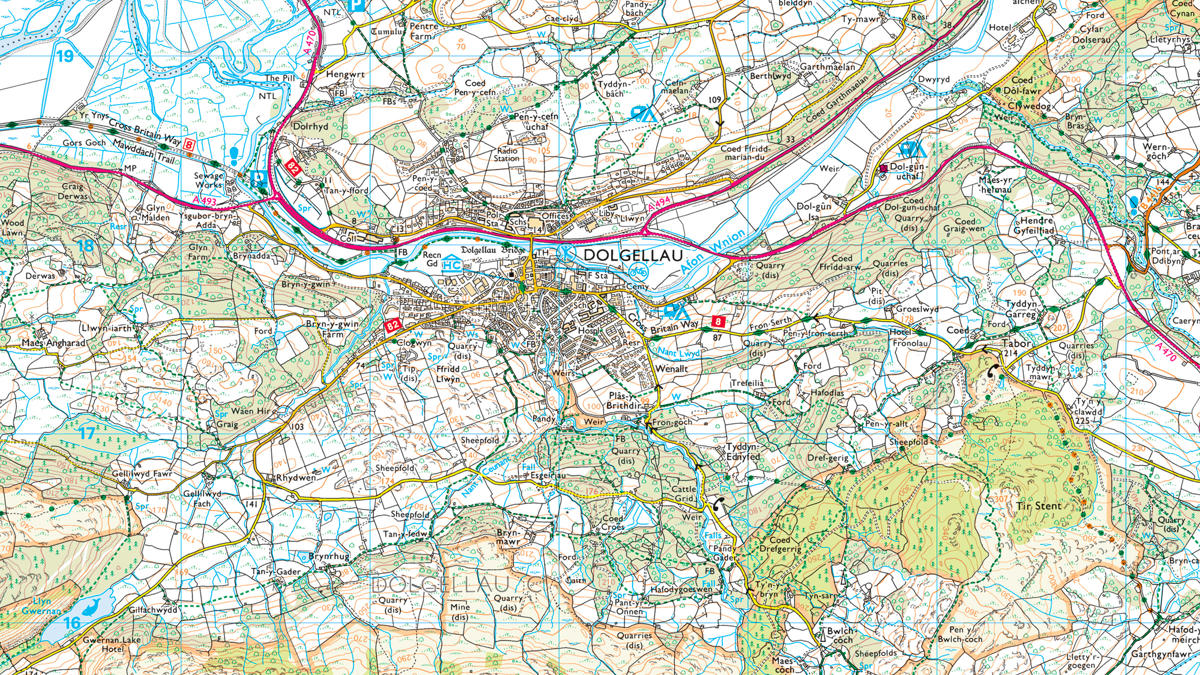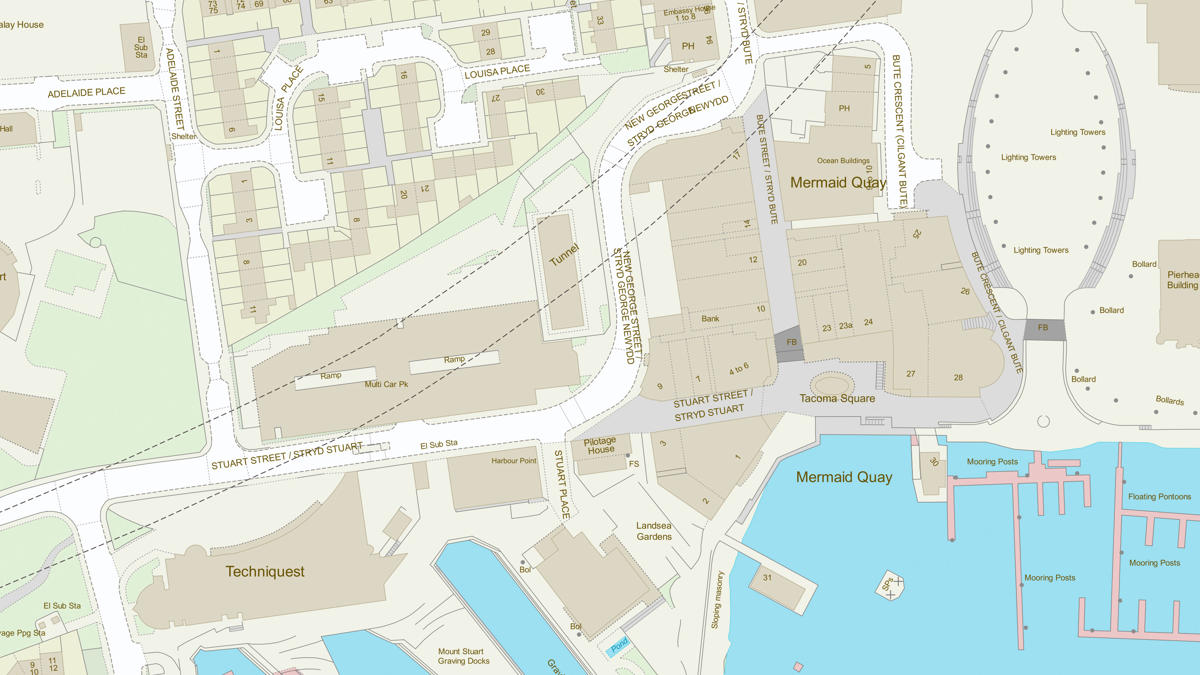Challenge
The Moors for the Future Partnership (MFFP) is dealing with significant long-term decline in the blanket bogs of the Peak District and South Pennines – caused by a range of natural and human factors.
This decline means it faces a number of challenges:
- It is tasked with helping to reverse the effects of a large area of bare and eroding peat and damaged vegetation.
- This damage has affected the ecosystems services that the area has always supplied: clean drinking water; carbon storage in the form of peat; animal grazing, and human recreation.
- Peat also stores carbon dioxide – a gas that contributes towards climate change.
- To conserve and protect Active Blanket Bog, MFFP is working to diversify areas dominated by a single plant species by re-introducing sphagnum mosses.
- Before the work could start, the team needed to know and easily visualise exactly what was growing and where.
Solution
As the area that needed to be mapped was so large, satellite and aerial imagery were combined with field survey data, and analysed to produce a Land Cover Map of the area with various habitats (with the help of consultants Environment Systems Limited).
OS data was used including OS MasterMap layers which could mask out features such as water and manmade/urban before the mapping started. This was pivotal to the project as using satellite imagery alone would not have picked up roads, rivers and houses obscured by trees.
OS MasterMap Topography data provided detailed views of the landscape, while surveyors and volunteers used OS 1:25 000 Scale Colour Raster maps to go out and directly observe 233 areas for clarification or ‘ground truthing’ before data was then updated to the geographic information system (GIS) and included on the final land classification maps.
Result
OS MasterMap Topography provided the most detailed and accurate location data for work to start. The maps provided a key visual aid to help communicate with landowners and members of the public, and helped project data sharing with others who use OS data.
Ordnance Survey mapping provided a baseline at the start of the project as well as an easy way to target future restoration works. The project will help MMFP’s ultimate aim to restore a wetter more resilient habitat with a reduced risk of wildfire and downstream flooding, and safeguard moorland life for the future.
"As well as identifying areas that have become dominated by single species, our Land Cover Map will also aid the planning of land management and restoration works, and provide a baseline for monitoring the delivery, impacts and outcomes of our MoorLIFE 2020 project. It is already being used by our science team to identify possible field monitoring sites."

